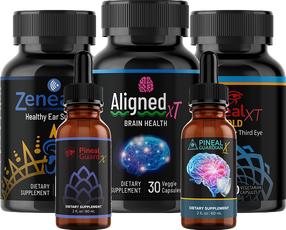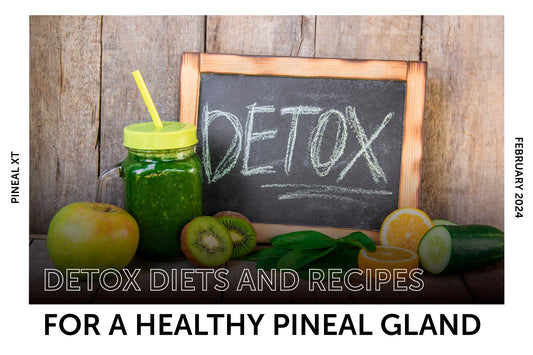Great News for Bread Lovers! Eat Bread and Still Lose Weight

That’s right, you really can have your bread and eat it - and still lose weight!
I’m sure anyone who has ever been on a diet has thought bread is one of the first delicious pleasures that needs to go, right? Bread is generally perceived as fattening and to be avoided.

Let me know if you have given up eating bread to lose weight, send me a reply.
The thing is you don’t have to give up your favorite slice of toast with avocado or nut butter, so as long as you know which breads are best for weight loss.
That’s the thing…not all breads are the same….
Yes, bread is a carb, but if you’re familiar with actual healthy eating, you’ll know that healthy carbohydrates are actually fuel for our body.
What you need to do is make sure that the bread you eat is whole grain and not refined, white-flour bread.
Research does point to the fact that refined carbs like white-flour bread and bread products are related to weight gain and fat around your middle, but whole grain breads are a different story.
Whole grains are packed with fiber and vitamins and minerals that are beneficial for our bodies. They are also less likely to send your blood sugar spiking, and will keep you fuller and feeling satisfied for longer.
Let’s break down how to tell when a bread is good for weight loss or not:
Don’t just assume a bread branded as “wheat” is good for you. Labels can be misleading and the marketing professionals are good at disguising bad for you ingredients in healthy sounding names.
For example, bread that says “natural” or “multigrain” and has a packet that looks healthy might not be the right bread for you.
You need to make sure of the following:
- The bread should have at least 3 grams of fiber per slice.
- Less than 3 grams of sugar per slice.
- No added sugars, hydrogenated oils or high fructose corn syrup.
The healthiest types of breads include:
Sprouted-grain Bread
This is made from whole grains, is usually lower in sodium and has no added sugar. When grains are sprouted they have extra nutrition in the form of vitamins and minerals, as well as antioxidants.
Sourdough Bread
You could get fancy and start baking your own if you have the time and inclination, but failing that it’s usually easy to find good sourdough at your grocery store. It’s made with fermented flour and water rathe than yeast, a process that maintains certain nutrients and usually has no added sugar or other extras.
Some studies suggest that aside from being a healthy source of glucose, sourdough bread has a specific microbiome from the bacteria that arises from the fermentation process. That can help our own gut microbiome, leading to an improved digestion system.
Seeded Bread
Seeds are packed full with nutrients including protein, healthy fats, vitamins, minerals, and antioxidants as well as good fiber. Research shows that they can help to lower cholesterol and will also keep you feeling fuller for longer.
Whole-Wheat Bread
A healthy option that most people will be familiar with already. Whole-wheat bread is a classic, while it may not pack as much of a nutrient-dense punch as some of the others mentioned, it’s still better than eating refined white flour.
Always make sure the ingredient says whole-wheat and not just wheat flour. Wheat flour is not whole-grain flour.

If you have a gluten-intolerance or suffer from celiac disease, the best options for you include healthy gluten-free grain flour breads with ingredients such as sprouted quinoa, sprouted millet and sprouted flax or chia seeds for an amazing boost of fiber, protein and healthy fats and carbs.
There are also a variety of recipes for things like banana and zucchini breads, oat flour breads, spelt flour bread, and many more. In this wonderful world of easily accessible recipes, we can all enjoy a healthy slice of bread now and again, without feeling guilty or worrying about belly fat.
Of course, you should always make sure that you include healthy weight-friendly toppings such as avocado, hummus, cucumber, tomatoes, or poached/ hardboiled eggs or almond butter.




